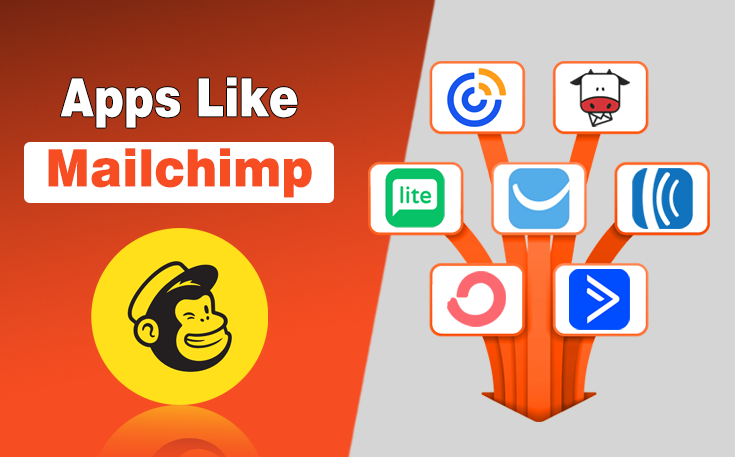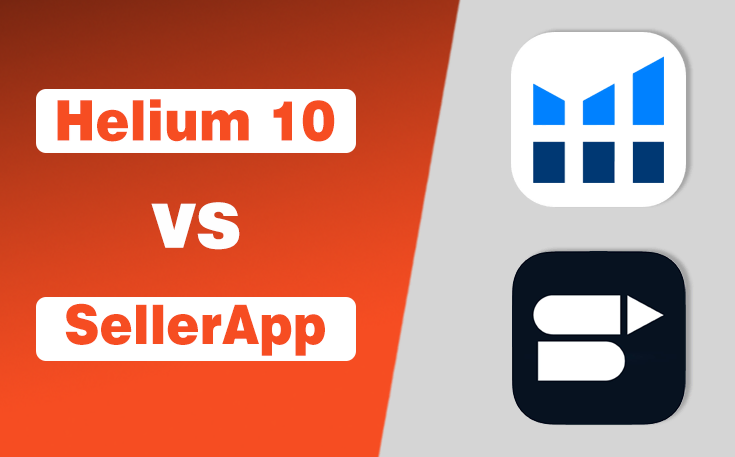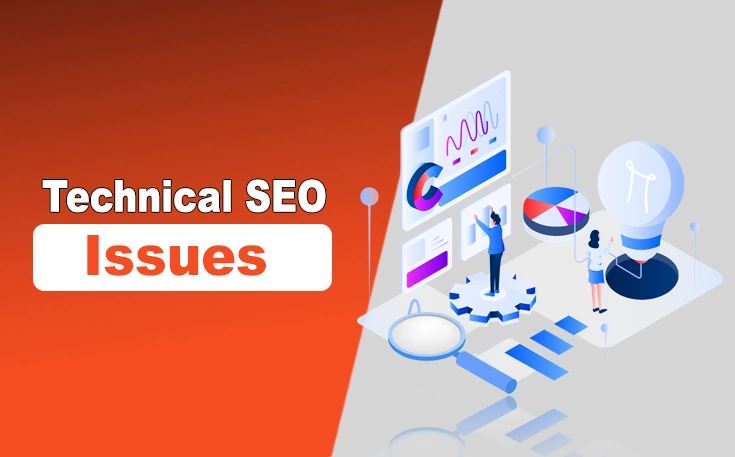The application development world is moving fast and developers and businesses have to make tough decisions on which technologies to use for their projects.
In 2025 three big development approaches emerged as leaders in their respective domains: React Native for mobile apps, NestJS for backend services and WordPress for content management and web development.
Each platform serves a purpose and has its advantages so the choice between them depends on project requirements, team expertise and business goals.
React Native: Cross-Platform Mobile
React Native has become the leading cross-platform mobile development framework in 2025. Built on Facebook’s React library, you can build native mobile apps for both iOS and Android with a single JavaScript codebase.
The “write once, run anywhere” philosophy has made it very attractive for businesses that want to maximize their development efficiency while having high quality user experiences.
The main strength of React Native is to deliver near native performance while reducing development time and costs. Developers can use their existing JavaScript and React knowledge to build mobile applications, no need to learn platform specific languages like Swift or Kotlin. So it’s been widely adopted, Facebook, Instagram, Uber and Airbnb are using React Native for their mobile apps.
In 2025 React Native has matured, better tooling, better debugging and performance optimisations. The framework has great support for advanced features like push notifications, offline functionality and device specific APIs. When businesses need to get a mobile presence fast and efficient, partnering with a react native development team SpdLoad can help you leverage these advanced features.
The framework’s modular architecture helps with code organisation and reusability, with built in support for dependency injection, decorators and middleware makes developing complex APIs easier.
NestJS is good for microservices, RESTful APIs and GraphQL endpoints, it’s versatile enough to handle all backend needs. Its TypeScript foundation gives type safety and developer productivity, reduces runtime errors and improves code maintainability.
NestJS: Enterprise Backend Architecture
NestJS is a game changer in Node.js backend development, a highly structured, TypeScript-first approach inspired by Angular architecture. It’s gained a lot of traction in 2025 especially among enterprises looking for scalable and maintainable backend solutions. NestJS combines the flexibility of Node.js with the robustness of enterprise-grade design patterns, so it’s perfect for complex applications that requires high performance and reliability.
The modular design helps with code organisation and reusability and built in support for dependency injection, decorators and middleware makes developing complex APIs easy. NestJS is good for microservices, RESTful APIs and GraphQL endpoints so it can handle all kinds of backend needs. Its TypeScript foundation gives type safety and developer productivity, reduces runtime errors and improves code maintainability.
One of the best thing about NestJS is its ecosystem, it has built in support for popular databases, authentication systems, validation frameworks and testing tools. The decorator based approach is intuitive for developers familiar with modern programming paradigm and the extensive documentation and active community support makes onboarding and troubleshooting fast.
For organizations requiring robust backend solutions, choosing to hire nestjs developers from SpdLoad ensures access to professionals who understand the framework’s intricacies and can architect scalable, high-performance applications.
WordPress: Content Management Beast
By 2025 WordPress has evolved from a simple blogging platform to a full content management system and application development platform. The introduction of Gutenberg editor, REST API and headless WordPress has made it a solution for both traditional websites and modern web applications. WordPress powers over 40% of all websites globally, that’s how relevant it is in the digital world.
The platform’s strength is in its plugin ecosystem, it has solutions for almost every possible functionality requirement.From e-commerce with WooCommerce to membership sites, learning management systems and complex business applications, WordPress is a base that can be customized and extended to fit different needs.
Thousands of themes and plugins means rapid development and deployment of feature rich sites without needing to write a lot of custom code.
WordPress in 2025 is all about performance, security and mobile.
The REST API has allowed developers to create headless WordPress implementations where WordPress is the backend CMS and frontend applications built with React, Vue or other frameworks handle the UI. This combines WordPress’s content management strengths with the flexibility of modern JavaScript frameworks.
For projects that need complex data entry, calculations, and Excel-like modeling in the browser, teams often integrate a JavaScript spreadsheet library to deliver a full spreadsheet UI with 500+ Excel-compatible functions, formula parsing, and workbook APIs. Paired with React or headless WordPress, this enables interactive grids, dashboards, and what‑if analysis without rebuilding spreadsheet logic from scratch
Key Differences and Use Cases
The main differences between these three platforms is their purpose and architecture. React Native is designed for mobile application development, it offers native like performance and user experience across multiple platforms. Its component based architecture and extensive library ecosystem makes it perfect for consumer facing mobile applications, productivity tools and social media platforms.
NestJS is backend focused, it’s a solid foundation for API, microservices and server side applications. It’s TypeScript first and modular so perfect for enterprise applications, complex business logic and scalable backend services. The framework’s emphasis on testing, documentation and maintainability is enterprise development and long term project sustainability.
WordPress is in a unique position as a content first platform that has evolved into a full web development solution. Its strength is in content management, user friendly admin interfaces and rapid deployment. WordPress is great for content heavy websites, blogs, e-commerce platforms and applications where non-technical users need to manage content regularly.
Team Considerations
Choosing between these platforms often depends on team expertise and project requirements. React Native development requires JavaScript knowledge and understanding of mobile development concepts, so it’s accessible to web developers but still requires mobile specific knowledge. Teams with React experience can transition to React Native relatively smoothly, leveraging existing skills while learning platform specific APIs and deployment processes.
NestJS development demands strong TypeScript knowledge and familiarity with modern backend development patterns. The framework’s Angular inspired architecture means developers with Angular experience can adapt quickly, but the backend focus requires understanding of database management, API design and server side security. The learning curve for NestJS is generally steeper than WordPress but less specialized than React Native.
WordPress development ranges from simple theme customization to complex plugin development and custom application creation. While basic WordPress sites can be created with minimal technical knowledge, advanced WordPress development requires PHP knowledge, database management skills and understanding of WordPress specific APIs and hooks. The platform’s flexibility means development complexity can vary dramatically based on project requirements.
Performance and Scalability
Performance characteristics are very different across these platforms. React Native applications can achieve near native performance, but may not match native applications for resource intensive tasks. However for most business applications React Native’s performance is more than enough and the development efficiency gains often outweigh minor performance differences.
NestJS applications can achieve great performance when properly architected, the framework’s modular design makes optimization and scaling easier. The TypeScript compilation and Node.js runtime provides good performance for most use cases, but CPU intensive tasks may require careful optimization or offloading to specialized services.
NestJS’s support for microservices architecture enables horizontal scaling for high traffic applications.WordPress performance depends on hosting infrastructure, plugins and optimization practices. While WordPress can handle high traffic sites with proper caching and optimization, its PHP based architecture may require more server resources than modern JavaScript frameworks.
However WordPress has a mature ecosystem with many performance optimization tools and hosting solutions specifically designed for WordPress applications.
Future and Trends
Looking forward, these platforms are evolving to meet changing development needs. React Native is getting better and better with Facebook’s continued investment in the mobile development space. The framework’s growing ecosystem and community support means more growth and adoption.
NestJS is positioning itself as an enterprise backend framework, with increasing adoption in large scale applications and microservices architecture. Its TypeScript foundation aligns with industry trends towards type safety and developer productivity, so it has strong future prospects.
WordPress is embracing headless architecture and modern development practices while keeping its core strength in content management. The platform’s evolution into a full application development platform, combined with its massive market share means it will continue to be relevant in the web development landscape.
Conclusion
Choosing between React Native, NestJS and WordPress in 2025 is all about project requirements, team expertise and business goals. React Native is for cross platform mobile development, NestJS is for enterprise grade backend and WordPress is for content management and web development. Knowing the differences means making informed technology decisions that align with project goals and your organisation.
Success with any of these platforms requires specialist knowledge and deep understanding of their respective ecosystems. Whether building mobile apps, backend services or content heavy websites, working with experienced development teams like SpdLoad means access to the specialist knowledge and skills to get the most out of each platform and deliver great results.
Need custom app with amazing features?
Get a Quote




